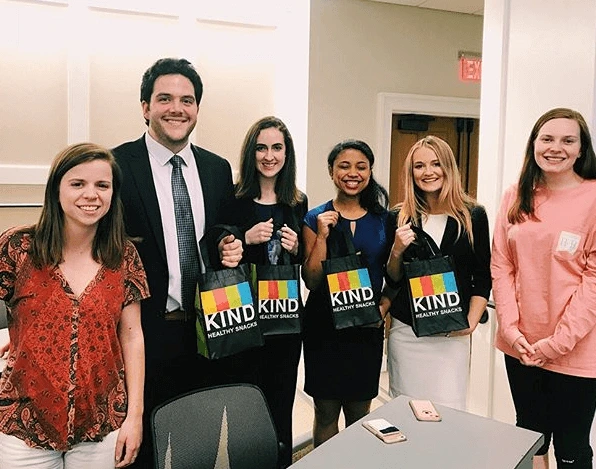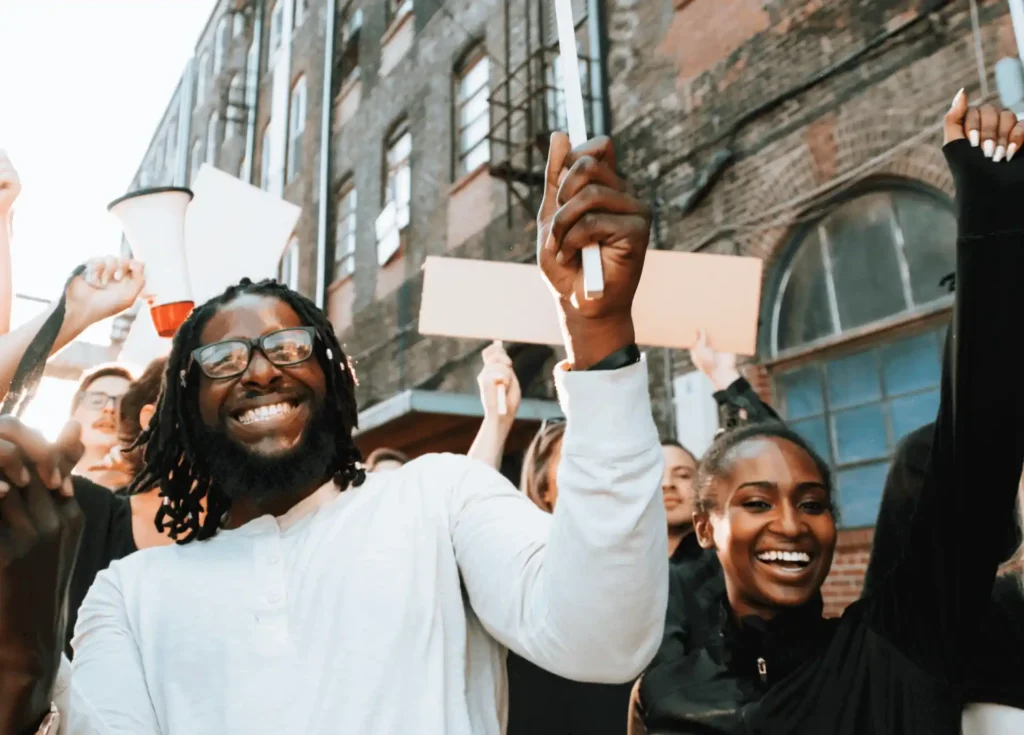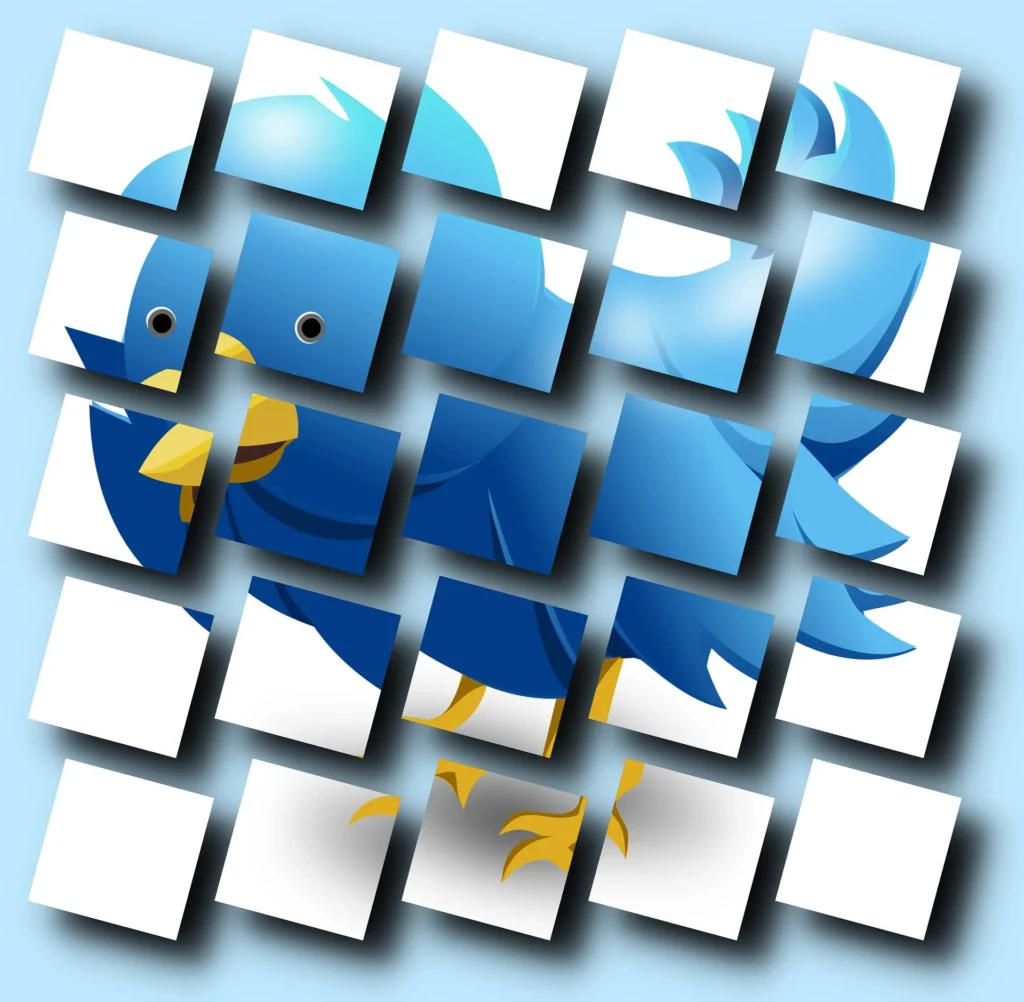- What will Elon Musk and change in strategy mean for the Twitter brand?
- And what will it all mean for brands on Twitter?
What is Twitter’s business model?
Before diving into opinions about the future of the Twitter brand, it is important to understand the Twitter business model. Twitter currently makes money in three ways:
-
- Advertising currently accounts for about 87% of income for the company. These include promoted ads (appearing as tweets), follower ads (suggesting accounts for targeted users to follow), and trend takeovers (placing ads alongside hot topics)
- Data licensing is a growing revenue stream with Twitter advertisers increasingly investing in data analytics
- Allowing content creators to monetize their followings through tips, super followers, and ticketed spaces, with Twitter taking a cut, was newly launched in 2021
Changes in strategy are sparking debate and angst. Resolving these flashpoints and adopting new strategies that work will ultimately drive the value of the Twitter brand. Let’s take a look at three hot buttons:
Twitter bots: How much interaction is fake?
Much of the negotiation in the Musk transaction centered around arguments over how many Twitter users were actually bots.
What is a bot on Twitter? A Twitter account that is not a human being, but is instead software that follows and interacts with accounts and generates tweets is a Twitter bot.
Twitter bots are not necessarily a bad thing. They automate certain activities and increase the usefulness of Twitter as a platform. Some bots, however, dishonestly manipulate topics and falsely inflate followers. They are effectively spam bots.
How much Twitter activity is actually bots? Twitter claims about 5%, but Mr. Musk claims 33% of Twitter activity is bot-generated. He claims Twitter is hiding the truth about bots.
Resolving the bot debate is key to Twitters brand value. The lack of transparency on Twitter bots prior to Mr. Musk’s purchase has hurt the brand—and the bottom line. Spam bots are annoying, but more than that, “bots ain’t gonna buy anything from the advertisers on the platform,” says analyst Kamalika Poddar.
Moving forward, a better bot policy that makes it clear which users are real and which are bots will benefit the Twitter brand—and advertisers.
Free speech vs. safe space for brands
Content moderation is an emotionally laden topic. Is there a trade-off between free speech and brand safety? Is it possible to have both?
Mr. Musk has said Twitter will not be a “free-for-all hellscape,” and that brand safety will remain core to Twitter.
Some argue that shutting down diverse opinions over the last few years has already made Twitter a hellscape. Labeling differing opinions as “disinformation” or “hate speech,” while shutting down newspaper accounts over stories later proven true has damaged the Twitter brand.
Mr. Musk has said he is a free speech absolutist, yet seems to be walking back that point of view. In a letter to advertisers, he has spelled out his vision for balancing the free exchange of ideas and for creating a safe space for brands.
Twitter advertisers are wary
“It’s way too early to know how Twitter will change, but the first few days of the Musk regime have been pretty disastrous from a business point of view,” says Dorothy Crenshaw, CEO of Crenshaw Communications and AMA New York board member. “The new ‘Chief Twit’s’ moves have thrown the platform into turmoil and rattled advertisers.” She adds: “And if I were a Tesla investor, I’d be worried, because so far, Twitter seems like a huge distraction for its new owner. While he’s reportedly brainstorming new ideas for Twitter and meeting with advertisers in New York this week, so far, it looks like Elon Musk spent $44 billion to be the world’s biggest troll.”
One way for the Twitter brand to strike that balance is for people to choose their content. Bitesh Singh, founder and CEO of the digital agency SocioClout, sees Mr. Musk transforming Twitter into a place where people control the kind of content they want to see. Such a move would increase relevance: “It is essential for Twitter to show ads that are relevant to the audience’s needs,” he said. “You know you are doing marketing right when ads/sponsored posts become desirable content for the audience.”
“Every advertiser is searching for one thing—ROI,” says Vivek Kumar Anand, the Director of Business & Innovation at DViO Digital, echoing the idea. “I genuinely believe that ROI can be achieved only through relevance.”
How would a new approach to content moderation work?
I connected with David Heinemeier Hansson, creator of Ruby on Rails, New York Times best-selling author, and co-owner/chief technical officer of 37signals, the makers of Basecamp and HEY. He has an interesting take on how to fix Twitter.
Content moderation prior to the Musk acquisition was not really working. “Content moderation just does not scale to the tune of hundreds of millions of people,” he told me. “That’s triply so if you want to make nuanced determinations about what’s misinformation and what’s not.”
He suggests a better model for a brand friendly content environment for Twitter advertisers:
“Twitter would have to change in a few fundamental ways:
– Only speech from people you’ve asked to follow should appear in your feed. If any of those people post something disagreeable to your tastes, you can moderate that content by unfollowing them.
– Authors should be deputized as content moderators of their own posts. Just like someone hosting a blog with comments on the internet is. You can either say you don’t want comments at all, that comments need to be pre-approved, that you’ll remove the bad ones, or that you’ll just let it flow.
– All the promoted tweets that Twitter wants to showcase to the world should pass through a positive rather than negative editorial process. Meaning Twitter employees pick what they like to feature rather than ban what they don’t.
Thus, like the internet at large, everyone gets to control the kind of speech they’re exposed to.”
How would this approach benefit Twitter advertisers? David said: “A subscription-based Twitter would be better for advertisers too. Choose only to appear next to verified users. Rather than next to every random, anonymous person.” David added: “In fact, I also appreciate Musk’s ideas of making Twitter more of a subscription service for extra features, and especially around posting.”
That segues us directly into the third Twitter brand dust-up–this one around blue check badges.
Blue checks for sale
The blue check mark next to a Twitter user’s name was a badge that Twitter management bestowed on accounts deemed authentic and “of public interest.” The process for determining if your account was authentic and active was clear. But Twitter offered no transparency into how they decide who is “notable.” Mr. Musk calls it a “lords & peasants” system. He proposed a “power to the people” approach with an $8 monthly fee that would also create a new revenue stream.
The furor was immediate. Many people said they would not pay and would leave the platform. While that may be true, the key issue will be verification of genuine accounts. The blue check system is abused, with people adding fake Twitter blue check badges to accounts to falsify authenticity.
The upshot for the Twitter brand and Twitter advertisers is that actual authenticity and a clear, transparent process is good for brand safety. It is unlikely that the new approach will be a significant revenue stream itself. Brand safety for Twitter advertisers is vital to future profitability.
A few additional concerns
Beyond these three front page issues, other changes are afoot that may affect the Twitter brand as an advertising platform.
Open-source algorithm: Mr. Musk has toyed with the idea of making Twitter algorithm code open source. Some say the company would be enabling competitors. Others say the transparency will build trust for Twitter advertisers and users.
Bring back Vine: Twitter buying and shutting down Vine may have been a mistake, given the popularity of Tik-Tok. With Tik-Tok’s trust issues, Vine may be an ideal growth platform for Twitter.
Pay content creators. Mr. Musk says empowering content creators to monetize their content is a top priority. Twitter’s cut could be a new revenue stream.
Cut overhead: From 75% to 50%, reports abound of massive Twitter lay-offs and an end to Twitter employee work-from-home policy. Whole departments have been cut. These measures could improve productivity and lower costs—or they could send talent to the competition.
Increase speed. Mr. Musk is wasting no time in making changes at the company. Gone are chill days with yoga and wine on the roof, with “pushing around the clock to make deadlines” in their place. One person’s chaotic management is another person’s fail-fast-fail-often-succeed-faster strategy.
Take the company private: Taking Twitter private frees it from short-term public market demands. Management could invest in plans with long-term payouts, making a potentially larger public offering in the future.
The future of the Twitter brand for brand advertisers
The immediate reaction of some has been to threaten to leave Twitter. A common meme, however, goes something like this: “I’m leaving Twitter! But first I’m gonna tweet about leaving Twitter. Then I am going to stick around on Twitter to see what everyone thinks about me leaving Twitter.”
After Donald Trump was kicked off Twitter, articles abounded with suggested Twitter alternatives for conservatives. The list of alternatives to Twitter grew even longer when Mr. Musk announced he was buying the company.
The alternatives to Twitter lack the reach and scale that would make them attractive options for Twitter advertisers. And the ones that aim to serve either the right-wing or left-wing create narrow environments with too much risk for brands.
That said, Mr. Musk has injected risk into the platform. Twitter advertisers are pausing their campaigns over concerns about policy and leadership. Mr. Musk acknowledges “a massive drop in revenue.” He responded by threatening “thermonuclear name & shame”—which can’t be helpful in giving brands a feeling of safety.
What happens to the Twitter brand and its value to Twitter advertisers will depend on how these controversies—and new ones that seem to pop up every day—are resolved.
Lisa Merriam serves on the board of directors for the American Marketing Association, hosts the AMA Brilliance in Marketing video series. She is the author of Merriam’s Guide to Naming and co-author with Milton Kotler of Weaponized Marketing, with a forward by Marketing Hall of Famer Phillip Kotler.

















